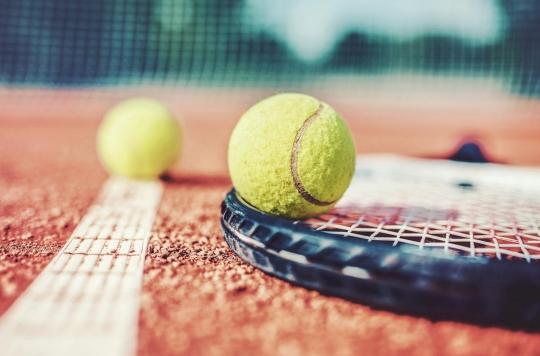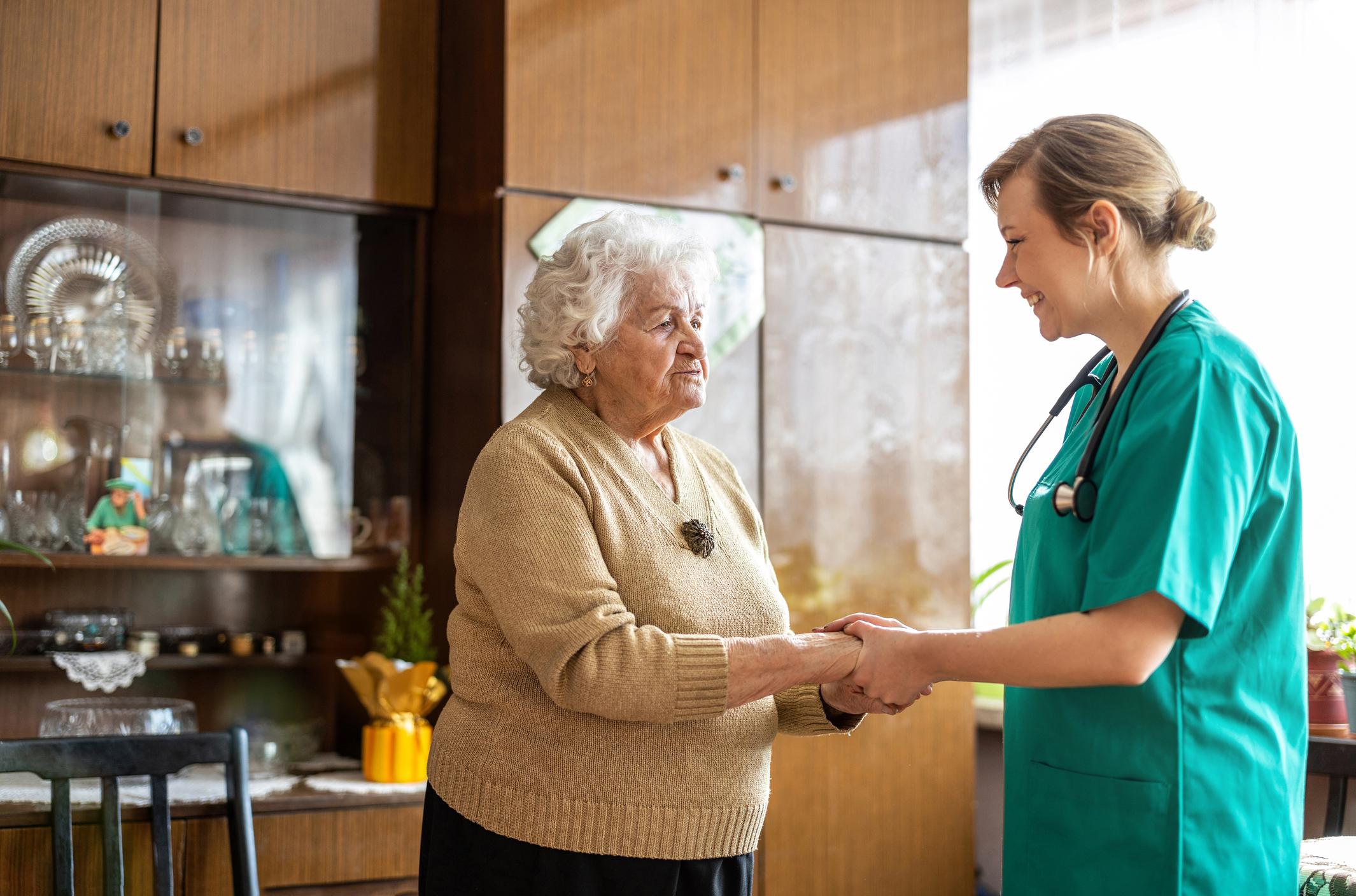Committed to the main draw of the Australian Open, the young British 20-year-old Francesca Jones suffers from a rare genetic disease: ectrodactyly-ectodermal dysplasia.

- EEC results in abnormalities in various ectodermal structures such as skin, hair, teeth, nails and exocrine glands.
- This syndrome is the result of mutations in the TP63 gene, essential for the development of the ectoderm and limbs.
- Francesca Jones had to adapt: she runs differently, plays with a smaller racquet handle and holds the grip tighter.
With four fingers on each hand, 4 toes on the left foot and 3 on the right foot, Francesca Jones stands out in the women’s draw at the Australian Open which begins on Monday February 8. This malformation is the consequence of ectrodactyly-ectodermal dysplasia, or EEC, a rare genetic disease. The exact prevalence of this pathology is not known but about 300 cases have been reported in the scientific literature.
???????? INSPIRED????
Francesca Jones – born with Ectrodactyly Ectodermal Dysplasia – has just booked her first trip to a Grand Slam main draw!#AusOpen | #AO2021 pic.twitter.com/lPbJ3X8t1t
— #AusOpen (@AustralianOpen) January 13, 2021
A disease that also affects the skin, hair, teeth and nails
The journey of the 20-year-old Briton has not been without pitfalls. At age 8, doctors gave her no chance of her dreams of one day becoming a professional tennis player. Expatriated to Barcelona to join a renowned tennis academy, the young girl clung on despite the operations linked to her genetic condition. “At some point, I stopped counting themshe said. Without this syndrome, my motivation would not have been the same. Somehow it helped me.” If there was a time of turning to disabled sports competitions, the subject was quickly swept away. “My mother replied that she did not see why I could not take part in the Olympics”, she breathes.
His genetic condition, EEC, is characterized by three cardinal signs: ectrodactyly (the absence of one or more fingers or toes) and syndactyly (the fusion of two or more fingers or toes) of the hands and feet, cleft lip with or without cleft palate which can lead to language impairment and abnormalities in various ectodermal structures such as skin, hair, teeth, nails and exocrine glands. The simultaneous presence of these three conditions is not mandatory and each of them can be expressed in varying degrees of severity. In 9 out of 10 people affected, this syndrome is the result of mutations in the gene TP63, essential for the development of the ectoderm and limbs. The management of the disease is heavy and requires consulting many specialists: orthopedic, plastic and dental surgeons, ophthalmologists, dermatologists and speech therapists. The vital prognosis is rather good and the life expectancy almost normal.
“I want to be number 1 in the world”
The handicap from which the young player suffers bothers her at the level of her racquet grip and at the level of the balance of her right leg, where she has only three toes. On the ground, his way of running is therefore a little different from that of his opponents since his feet cannot fully anchor themselves to the ground. The absence of one finger per hand forced her to play with a smaller racquet handle and to hold the grip tighter, a disadvantage for ball touch. He had to do specific work to prevent injuries and strengthen the joints around his weaknesses, especially his ankles and wrists. “We all have physical weaknesses, unless your name is Cristiano Ronaldo,” she quipped at the Times.
“My syndrome really helped me become the person I am today, confided the girl, to the Daily Telegraph in 2016. In a way, I’m happy to have it, because it makes me who I am. I would not have started tennis with the same motivation. I don’t mind being defined by this disease, because I’m proud of it. I am not a negative person. There are so many people who criticize me, and say pretty mean things about me. It motivates me even more. I want people to know that anything is possible. Everything is in the will, in the mind. I want to be world number 1.”
.
















